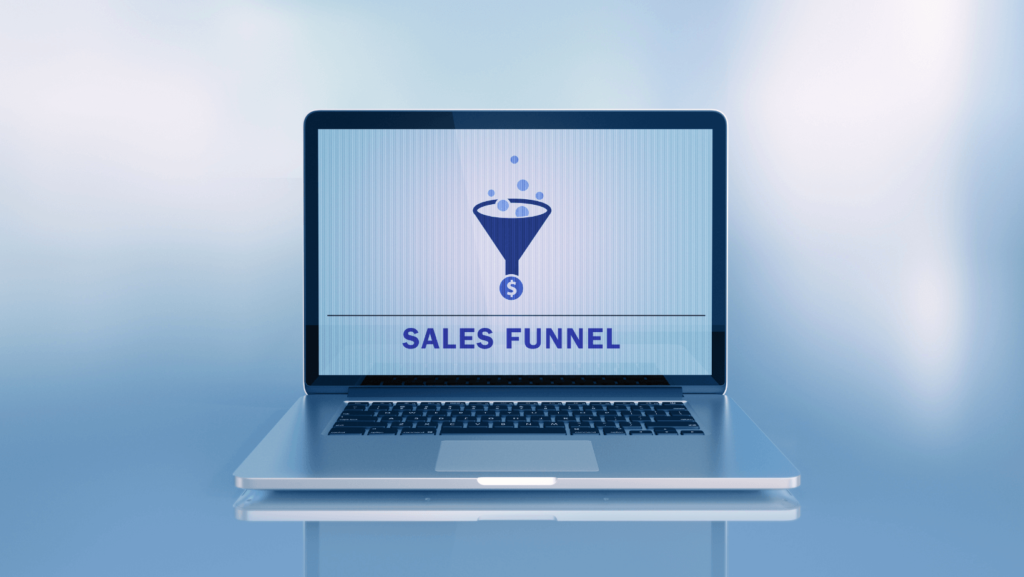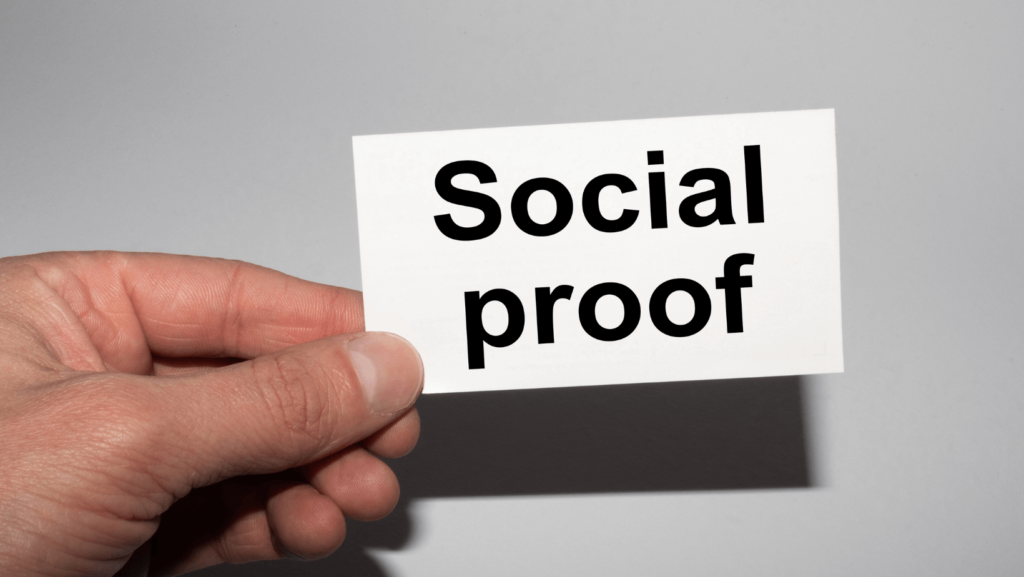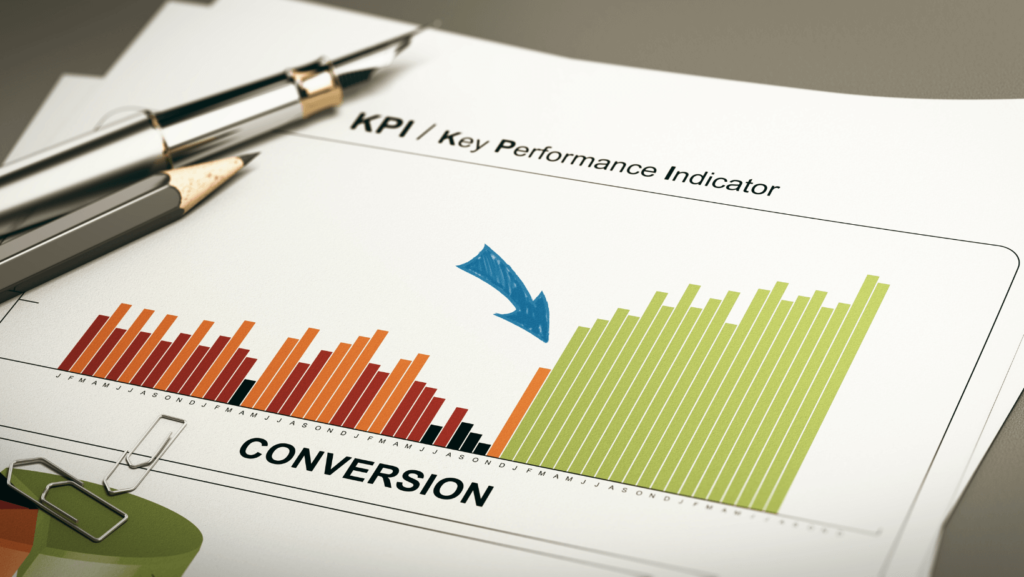Affiliate marketing has become an essential part of many businesses’ online marketing strategies. However, it’s not just enough to promote a product or service and hope for the best. The key to success in affiliate marketing is creating high-converting landing pages that persuade potential customers to take action.
In this guide, we’ll walk you through the essential elements of creating high-converting affiliate landing pages and share some tips and tricks to help you boost your conversions.
Role of Affiliate Landing Pages in the Sales Funnel

Affiliate landing pages play a crucial role in the affiliate marketing sales funnel. A sales funnel is a series of steps a visitor goes through on their way to becoming a customer, and it typically includes the following stages:
- Awareness: The visitor becomes aware of a product or service.
- Interest: The visitor expresses interest in the product or service.
- Decision: The visitor decides whether to purchase the product.
- Action: The visitor takes action and makes a purchase.
Affiliate landing pages are designed to move visitors from the awareness stage to the action stage, making them an essential component of the sales funnel. The purpose of the affiliate landing page is to convince the visitor to take a specific action, such as signing up for a free trial, downloading a lead magnet, or making a purchase.
To create a high-converting affiliate landing page, it’s essential to understand your target audience, their pain points, and the benefits of the product or service you’re promoting. You’ll need to craft a compelling message that resonates with your audience and convinces them to take action.
Additionally, you’ll want to ensure that your landing page is designed in a way that guides the visitor towards the desired action and includes all the necessary trust signals, social proof, and calls to action.
Crafting Compelling Headlines and Copy for the Landing Pages

The headline and copy on your landing page are arguably the most critical elements of your page’s success. They’re what capture the attention of visitors and compel them to take the next step toward conversion. To craft headlines and copy that convert, follow these tips:
- Use Benefit-Driven Headlines: Make it clear from the outset how your product or service will benefit your audience. Use language that communicates the value proposition of your offer and what sets it apart from the competition.
- Make It Compelling: Use powerful words that tap into the emotions of your audience. Words like “amazing,” “life-changing,” and “instant” all convey a sense of urgency and excitement that can motivate visitors to take action.
- Be Specific: Avoid using generic language that doesn’t differentiate your offer from others in the market. Instead, use specific examples and numbers to illustrate the results that customers can expect.
- Keep It Concise: Visitors to your landing page are likely scanning the page quickly, so keep your copy short and to the point. Use bullet points and subheadings to break up the text and make it easier to read.
- Test and Optimize: Finally, A/B testing can help you refine your headlines and copy to improve their effectiveness. Test different variations of headlines and copy to see what resonates with your audience and optimize based on the results.
By following these tips, you’ll be well on your way to crafting headlines and copy that are irresistible to your audience, leading to higher conversions and more revenue for your affiliate marketing business.
Designing Landing Pages That Convert

Once you’ve created a compelling headline and persuasive copy, it’s time to focus on the design of your landing page. A well-designed landing page can have a significant impact on your conversion rates. Here are some best practices and tips for designing high-converting affiliate landing pages:
- Keep it simple: Your landing page should be clean, uncluttered, and easy to navigate. Avoid distracting elements like pop-ups, ads, or unrelated images that may take away from your main message.
- Make it visually appealing: Use high-quality images and videos that showcase your product or service. Use colors, fonts, and other design elements that align with your brand and create a visual hierarchy that guides the visitor’s eye to the most important elements.
- Optimize for mobile: With more and more people accessing the internet through their mobile devices, it’s essential to ensure your landing page is mobile-friendly. Use responsive design to ensure your page looks great on any device.
- Use white space strategically: White space (or negative space) can help break up the page and make it easier to read. Use it to create a sense of balance and harmony on the page.
- Keep the form short: If you’re using a form to collect leads or contact information, keep it short and only ask for essential information. The longer the form, the more likely visitors are to abandon it.
- Use clear calls-to-action: Make it clear what action you want your visitors to take on your landing page. Use buttons or links that stand out, and use action-oriented language that encourages visitors to act.
By following these best practices and tips, you can design landing pages that are not only visually appealing but also optimized for conversions.
Using Social Proof, Trust Signals, & CTAs on Landing Pages

Social proof, trust signals, and calls to action are crucial elements in building trust and encouraging conversions on your landing page.
Social proof includes testimonials, customer reviews, and case studies that demonstrate the effectiveness and value of the product or service you are promoting. By including social proof on your landing page, you can overcome skepticism and build credibility with potential customers.
Trust signals are elements on your landing page that communicate trustworthiness and reliability. Examples of trust signals include security badges, money-back guarantees, and privacy policies. These signals can help reassure potential customers that their personal and financial information is safe and secure.
Calls-to-action (CTAs) are the buttons or links on your landing page that prompt visitors to take action, such as signing up for a free trial or making a purchase. Effective CTAs are clear, concise, and visually prominent. They should also be positioned in strategic locations on your landing page, such as above the fold or at the end of a persuasive section of copy.
When incorporating social proof, trust signals, and CTAs on your landing page, it’s essential to consider the psychology of persuasion. For example, using scarcity and urgency tactics, such as limited-time offers and countdown timers, can create a sense of urgency that motivates visitors to take action.
Additionally, using persuasive language and emphasizing the benefits of the product or service can help overcome objections and encourage conversions.
Incorporating social proof, trust signals, and CTAs on your landing page can significantly improve your conversion rates and help you achieve your affiliate marketing goals.
A/B Testing & Optimizing for Maximum Conversions

A/B testing involves creating two different versions of your landing page, with one element (e.g. the headline, CTA button, or image) changed between the two versions. You can then compare the performance of the two versions to see which one generates more conversions and use that information to optimize your landing page.
To conduct A/B testing, you’ll need to use a landing page builder tool that allows you to create multiple versions of your page and track their performance. Many popular landing page builders, such as Unbounce and Instapage, offer A/B testing as a feature.
To optimize your landing page, you’ll need to identify the elements that are most important for conversions (e.g. the headline, value proposition, trust signals, etc.) and experiment with different variations to see which ones perform best.
Some best practices for A/B testing and optimization include:
- Only change one element at a time: If you change multiple elements between your two versions, it will be difficult to determine which change was responsible for any performance difference.
- Test for a sufficient period of time: Don’t make any decisions based on a few hours or days of data, as this may not be representative of your overall audience. Give each variation enough time to generate a significant sample size.
- Pay attention to statistical significance: Use a statistical significance calculator to determine whether the difference in performance between your two variations is meaningful or just due to chance.
- Continuously iterate and optimize: A/B testing and optimization is an ongoing process, and you should always be looking for ways to improve your landing page and increase conversions.
By incorporating A/B testing and optimization into your landing page strategy, you can continually improve your conversion rates and ensure that your affiliate marketing efforts are as effective as possible.
FAQs
How long should an affiliate landing page be?
There is no set rule for the length of an affiliate landing page, but in general, it should be long enough to provide all the necessary information and compelling enough to keep the visitor engaged. However, a landing page that is too long can be overwhelming and cause visitors to lose interest. A good rule of thumb is to make sure the page is long enough to communicate the benefits of the product or service and provide sufficient social proof to build trust.
Should I include pricing information on my affiliate landing page?
It depends on the product or service you are promoting. If the price is a significant selling point, it may be beneficial to include it. However, if the product is more complex or the pricing is variable, it may be better to avoid including pricing information on the landing page and focus on the value and benefits of the product instead.
How can I drive traffic to my affiliate landing page?
There are several ways to drive traffic to your affiliate landing page, including social media advertising, search engine marketing, email marketing, and content marketing. You can also leverage your network and reach out to influencers and other affiliates to promote your landing page.
Creating high-converting affiliate landing pages is an essential part of any successful affiliate marketing campaign. By understanding the role of landing pages in the sales funnel, crafting compelling headlines and copy, designing with best practices in mind, incorporating social proof and trust signals, and constantly A/B testing and optimizing for conversions, you can significantly increase your chances of converting visitors into buyers. Remember, creating high-converting affiliate landing pages takes time and effort, but the rewards are well worth it in the end.
Thank you for taking the time to read my article “The Ultimate Guide to Creating High-Converting Affiliate Landing Pages”, hope it helps!
